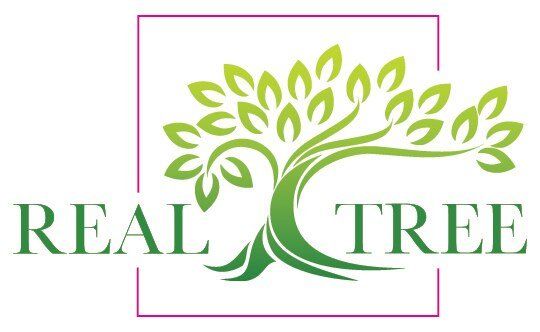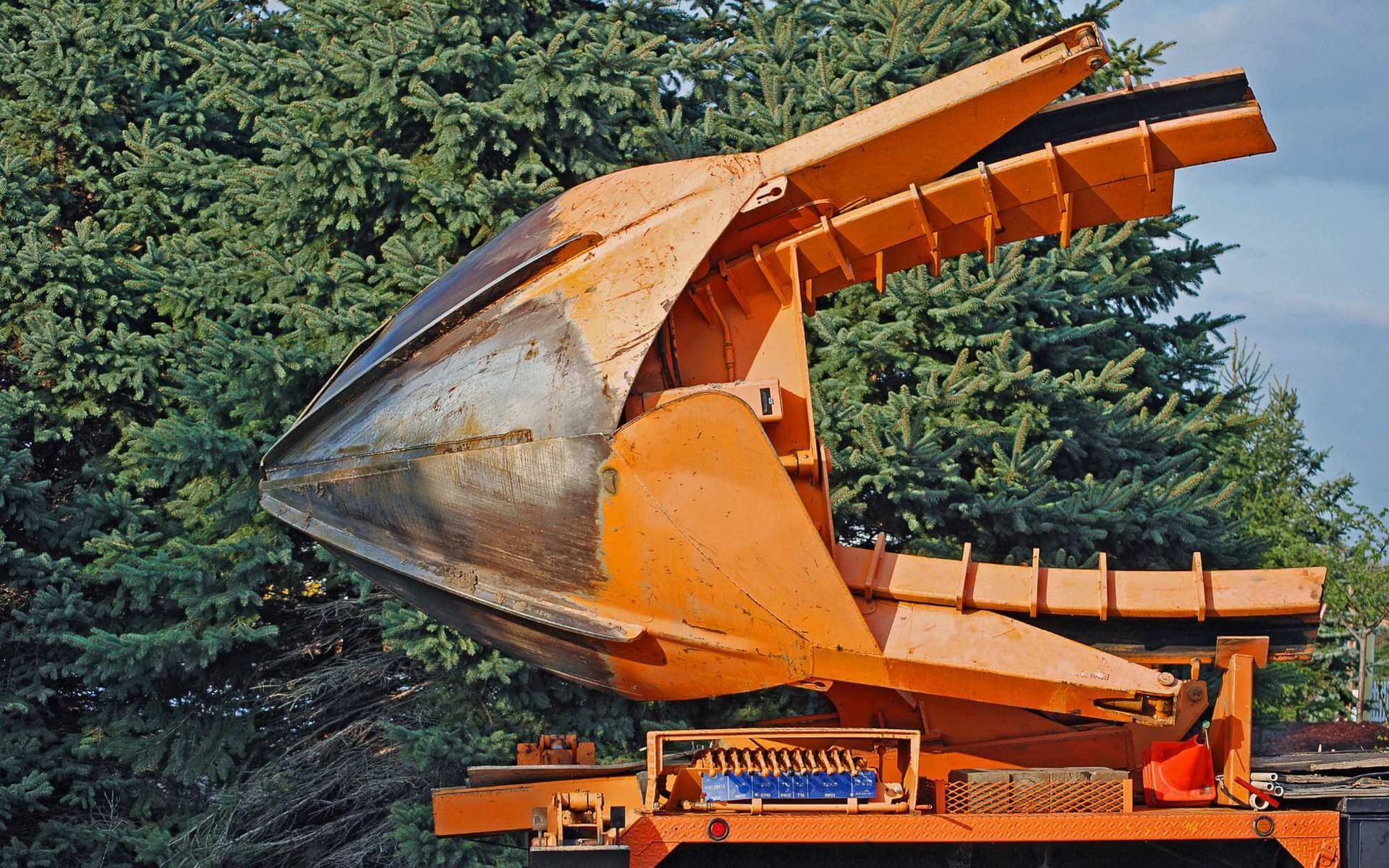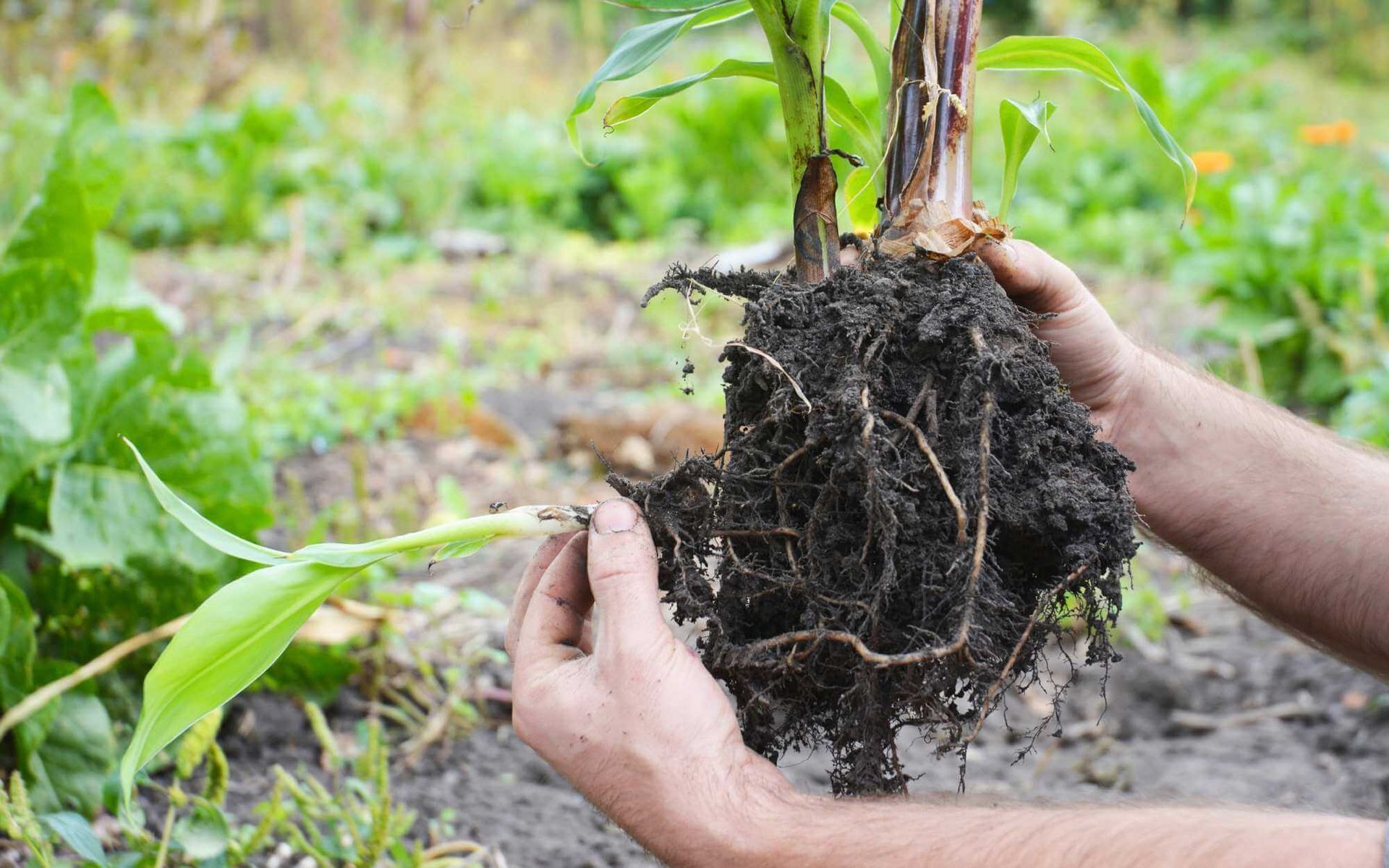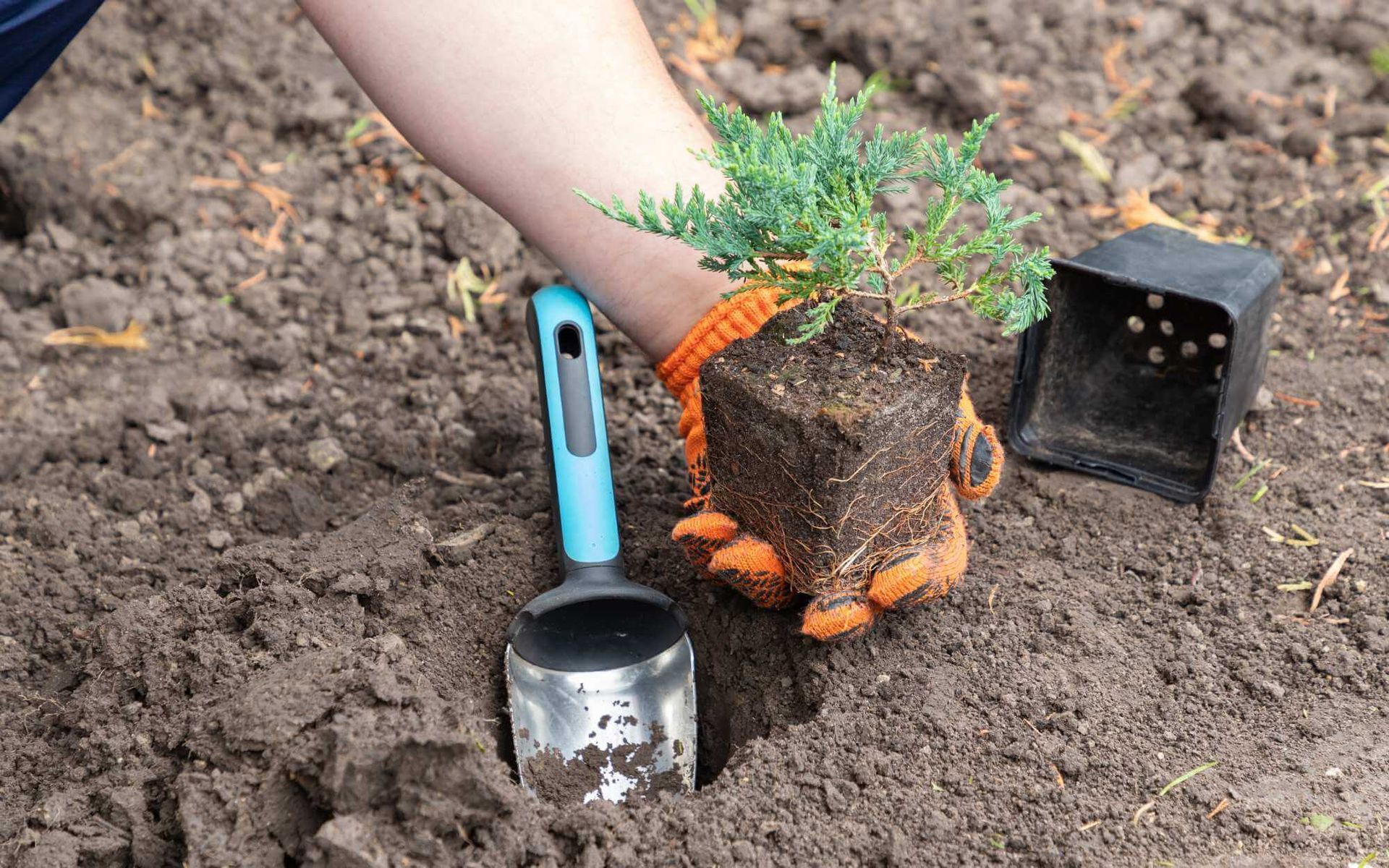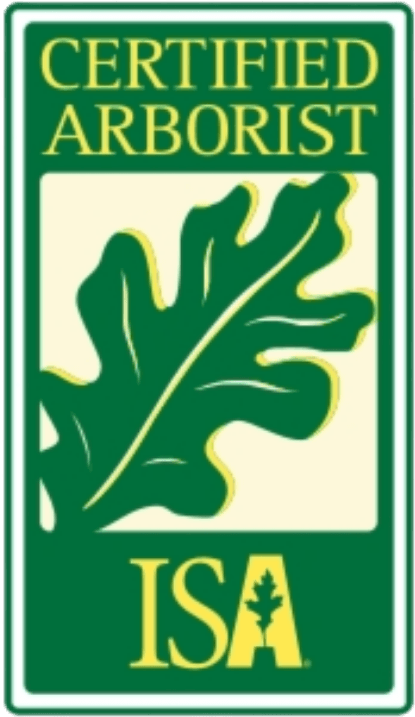Strategies for Controlling Big Trees in Small Spaces
PUBLISHED ON
SHARE THIS ARTICLE
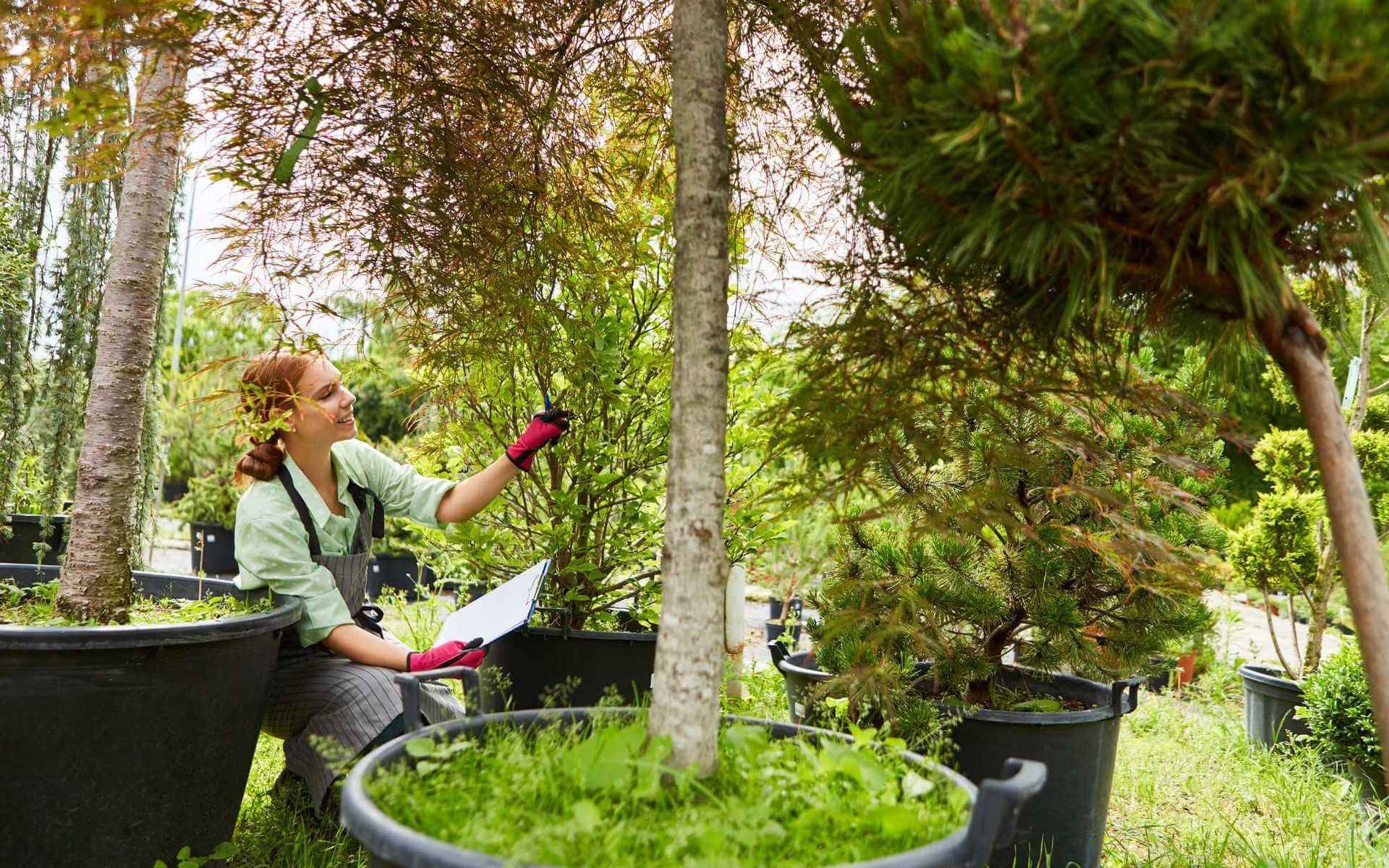
Maintaining big trees in small spaces is no small feat. The challenge lies not only in preserving the tree's health and beauty but also in ensuring it doesn't outgrow the limited space available.
This balance is a delicate dance - a dance between nature's desire to grow and our desire to curate. Without strategic planning and the right techniques, managing these magnificent plants can become a daunting task.
Today, we'll shed light on the importance of such planning and techniques, providing you with practical strategies to
control and care for large trees in small spaces. Let's dive in, and turn the daunting into doable.
Pruning and Training

Structural Pruning: This focuses on controlling the shape and size of trees, enhancing their visual appeal while ensuring healthy growth. It involves removing unnecessary branches, guiding the tree's structure, and helping it fit within the constraints of your space.
Crown Reduction: This method maintains tree health by reducing the size of the tree's crown without compromising its natural form. It aids in sunlight penetration and airflow, essential for overall tree health, while also keeping the tree's size manageable.
Training Branches: This technique utilizes the tree's natural growth pattern for better space utilization and aesthetics. By directing the foliage growth, you can prevent overcrowding and ensure that the tree complements the space rather than dominating it.
Root Management
Implementing Root Pruning Techniques to Restrict Growth: Root pruning, a horticultural practice, involves trimming the tree roots to control their spread and enhance growth. Done correctly, it can limit a tree's size, making it suitable for smaller spaces without causing significant harm to its health.
Utilizing Root Barriers to Prevent Invasive Root Systems: Root barriers, physical obstacles installed in the soil, help contain aggressive root systems. They protect surrounding structures and landscapes from damage, preserving the tree's aesthetic appeal and ensuring it remains in harmony with its surroundings.
Incorporating Proper Irrigation and Soil Management Practices: Proper irrigation and soil management are key to maintaining tree health in confined spaces. Regular watering, well-drained soil, and appropriate nutrients ensure large and even small trees grow and thrive while complying with spatial constraints. Proper practices can prevent overgrowth and encourage balanced development.
Selecting and Planting Suitable Tree Varieties
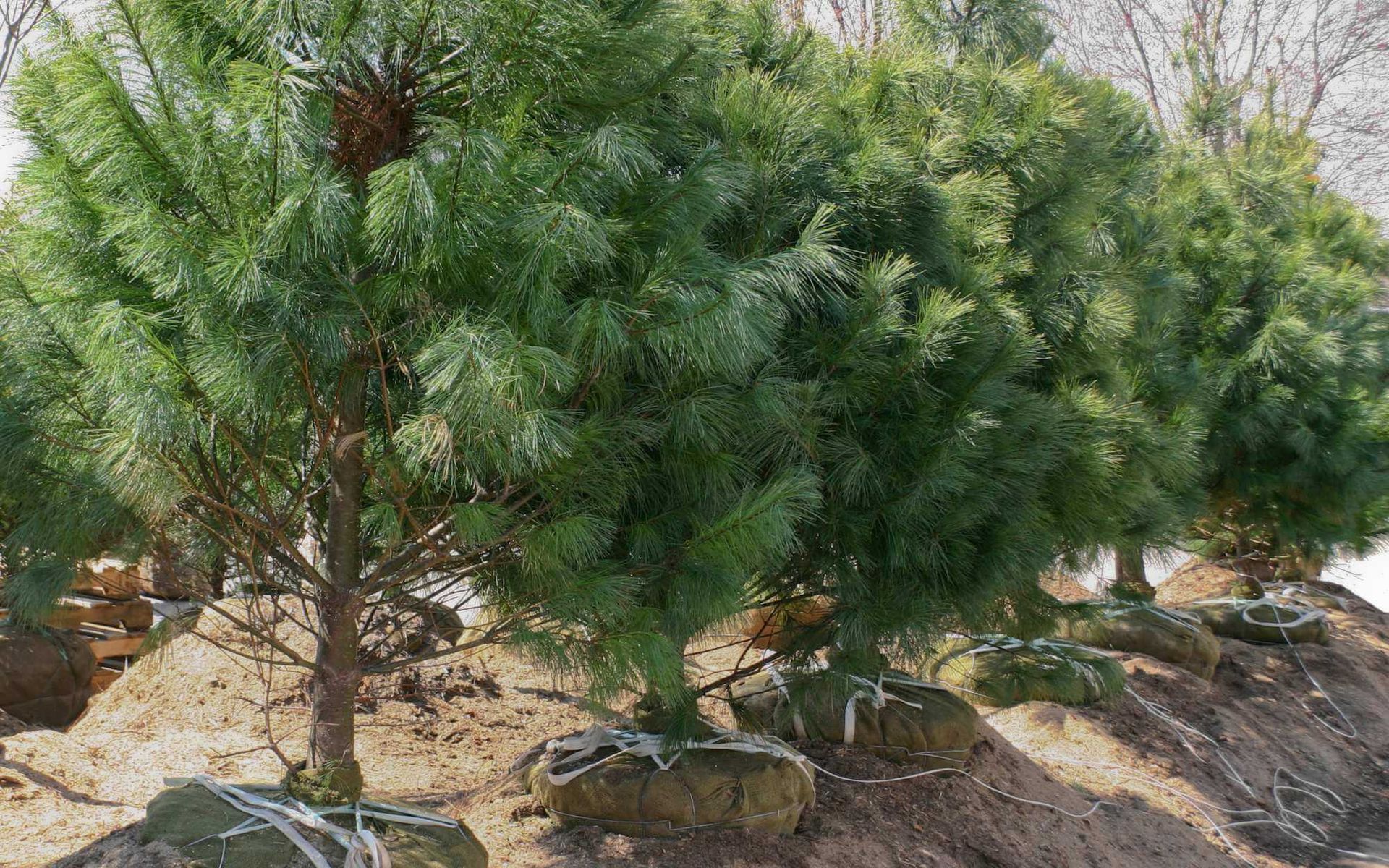
Choosing Tree Species That Are Naturally Smaller in Size: Opting for tree species that are naturally smaller mitigates the issue of overgrowth. Species like Japanese Maple, Dogwood, or Hawthorn are ideal, as they exhibit slow growth rates and don't typically exceed a manageable size.
Opting for Compact Cultivars and Dwarf Varieties: Compact cultivars and dwarf varieties are specifically bred to retain all the characteristics of their larger counterparts but in a size suitable for smaller spaces. Such options like the Dwarf Alberta Spruce or Compact Juniper provide lush greenery without dominating the landscape.
Considering Alternative Tree Forms for Limited Spaces: Exploring alternative tree forms, such as bonsai or topiary, can be a creative solution to space constraints. These art forms allow for the enjoyment of nature's magnificence in the confines of limited spaces, offering both decoration and satisfaction.
Tree Growth Regulators
What Are Tree Growth Regulators (TGRs)? TGRs are plant growth regulators that function similarly to hormones. They regulate tree growth, limiting excessive vertical and lateral growth while promoting fuller canopies. TGRs are useful in controlling tree size while maintaining its appearance and health.
Effectiveness of TGRs: The effectiveness of TGRs depends on the tree species, its size, and the application method used. For best results, consult a certified arborist who can identify the right TGR for your tree and provide proper application techniques.
Benefits of TGRs: TGRs have become increasingly popular due to their non-invasive nature and numerous benefits. They allow for more natural growth while ensuring trees remain at an appropriate size for smaller spaces. They also reduce pruning needs, promote root growth, and enhance tree health.
Control Tree Growth for Maximum Impact in Tight Quarters
Controlling big trees in small spaces is possible with proper planning, techniques, and tools. Structural pruning, root management, suitable tree selection, and the use of TGRs can all contribute to maintaining a healthy balance between nature's desire to grow and our desire to curate.
With these strategies in mind, you can turn the challenge into a rewarding experience, creating beautiful and sustainable landscapes in even the smallest of spaces.
If you need help, don't hesitate to call our expert arborists for tree preservation guidance and
professional tree care services.
Want a free quote or some friendly advice? Call our team today:

